The Cook Street Apartments by LRS Architects are under construction along N Williams Ave. The 6 story building will include 206 apartment units, 15,162 sq ft of ground floor retail space and parking for 146 cars. 238 long term and 14 short term bicycle parking are included. The building is arranged as a U-shape around an exterior courtyard, mostly used for tuck-under car parking. A rooftop garden and patio will be provided on the 6th floor for the use of residents.
The project is located on a block bound by N Williams Ave, N Cook St, N Vancouver Ave and N Ivy St, immediately to the south of recently opened New Season grocery store. According to a Bureau of Development services report [PDF] buildings on the site over the years have “a lodge, a grocery, a bicycle repair shop, a piano shop, and at the southern half of the block, the Portland Camellia Nursery.” As of 2012, as seen below, the site was entirely vacant, other than a single story commercial building, the home of the Wonder Bread Retail Outlet Store.
Exterior materials include “crystal zinc” metal panel, tongue and groove wood siding with a clear finish, black aluminum storefront windows at the ground floor and black vinyl windows at the upper floors.
The project had an unusually long approval history. The initially proposed design was reviewed through a Type II Design Review, which received five written responses from neighbors, mostly in objection. The Bureau of Development Services denied [PDF] approval in July 2013, in part because of concerns about the material quality proposed and the overall composition of the facades. This was appealed by the applicant to the Design Commission, who approved [PDF] it after a third hearing in October 2013, following revisions to the design.
A number of changes were subsequently made to the approved design, including: changing the primary material from a green metal panel color to a grey metal panel; using wood siding as a secondary material, instead of Nichiha fiber-cement panel; and adding wood soffits to the underside of the approved steel canopies. Because these changes were not in accordance with the originally approved design, a follow up Type II Design Review was required. This was approved [PDF] in November 2014.
Plans and Elevations
- Plan – Context
- Plan – Site
- Plan – Level 01
- Plan – Levels 02-05
- Plan – Level 06
- Elevation – South (N Cook St)
- Elevation – East (N Williams Ave)
- Elevation – West (N Vancouver)
- Elevation – North (N Ivy St)
- Elevation – South (Interior Courtyard)
- Elevation – East (Interior Courtyard)
- Elevation – West (Interior Courtyard)
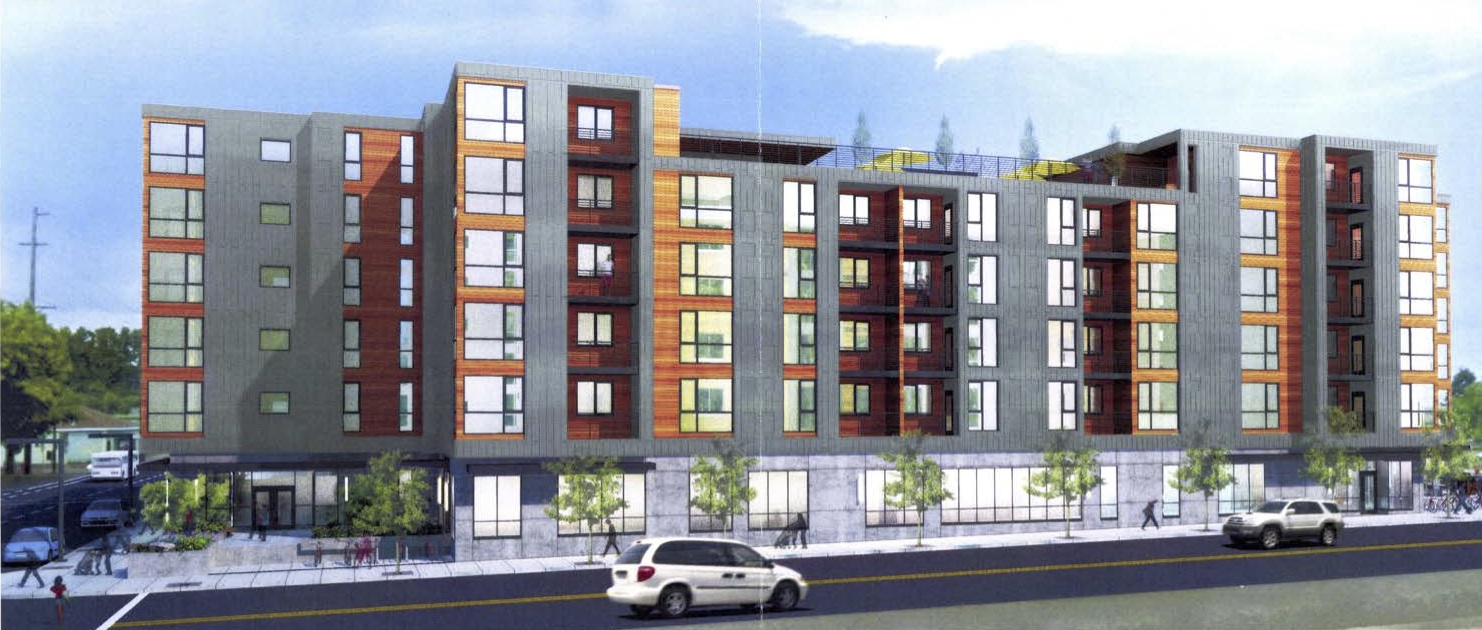
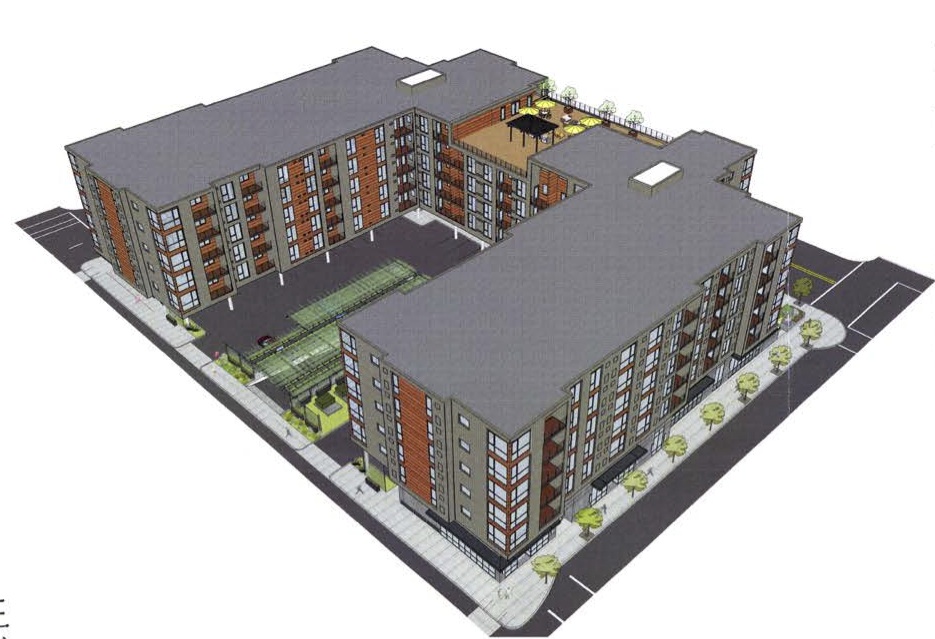
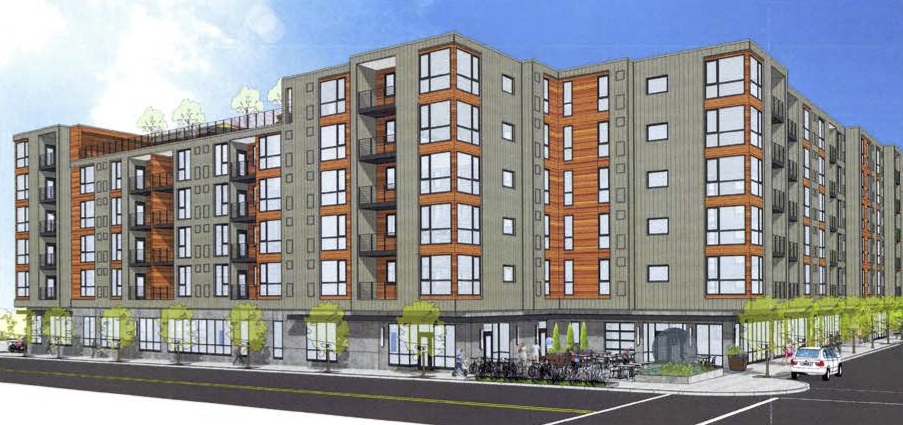
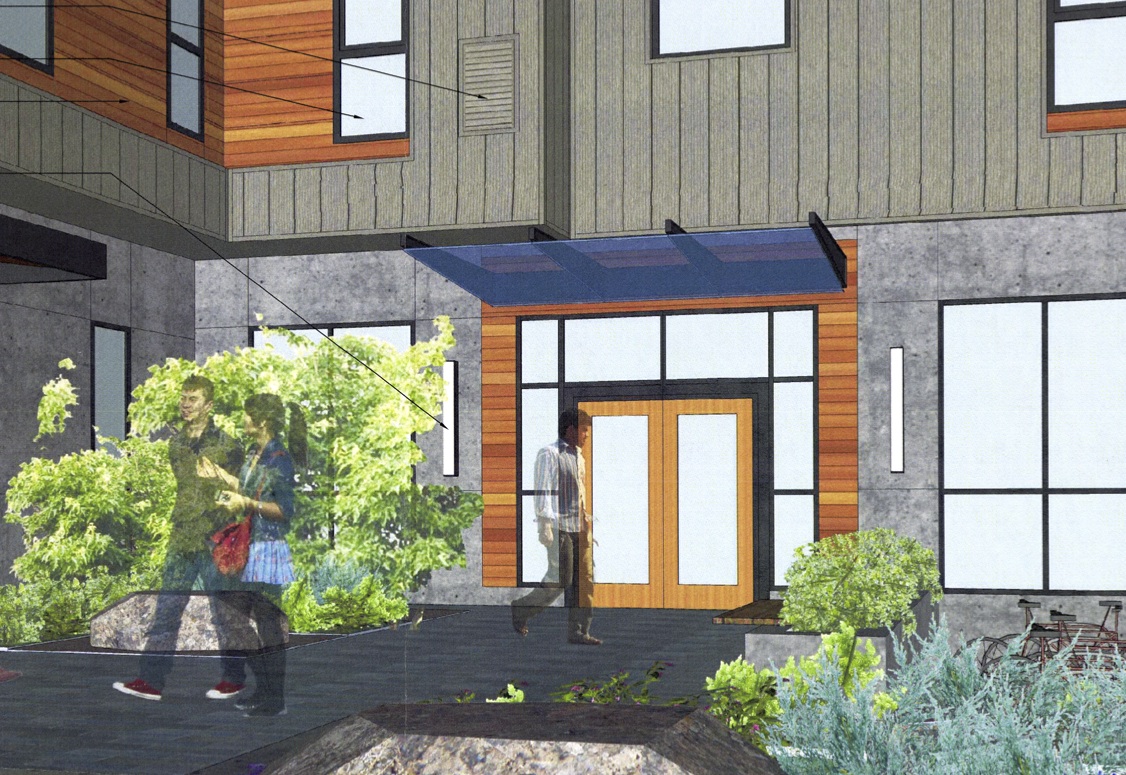
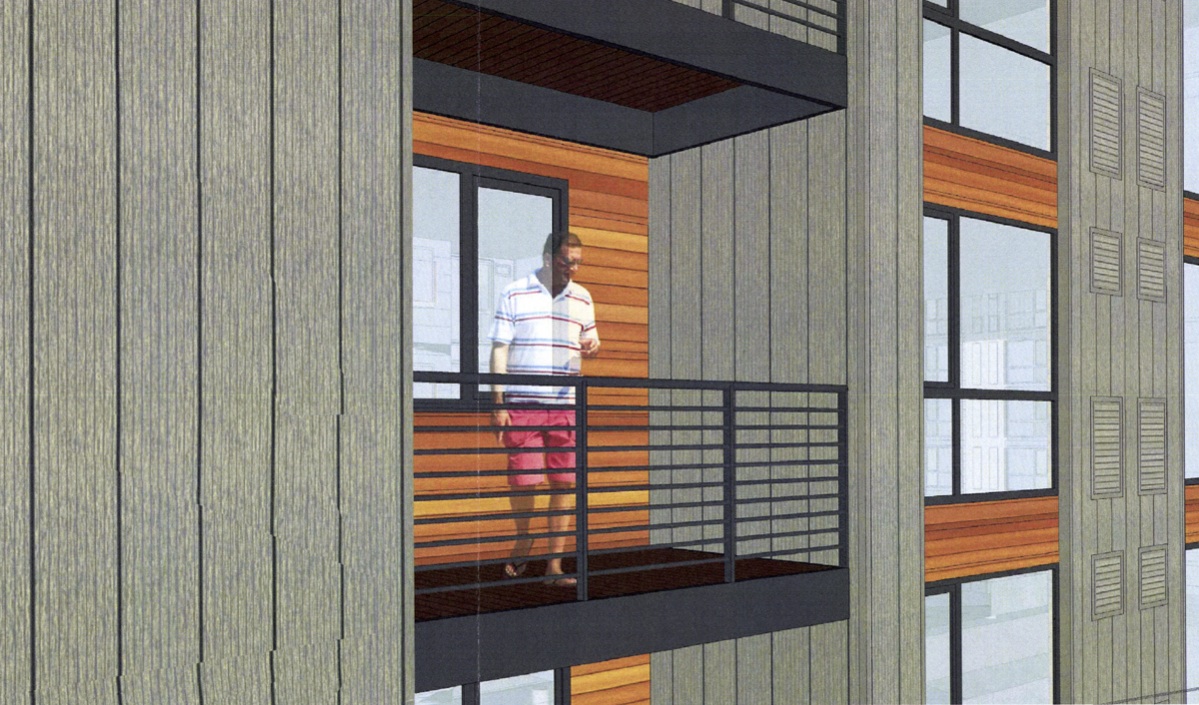
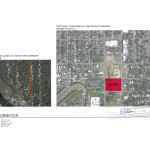
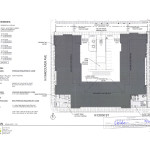
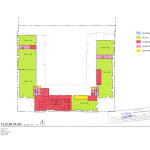
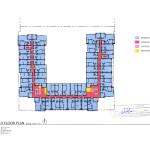
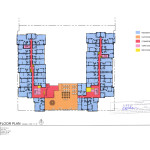
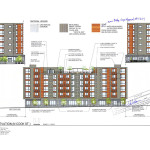
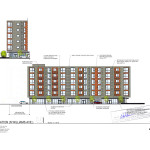
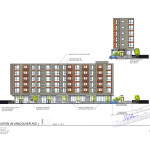
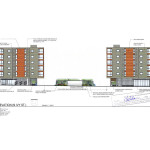
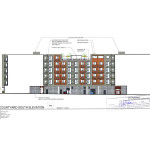
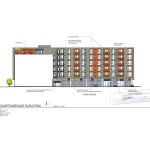
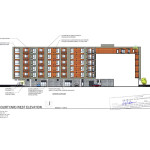
I’m disturbed by the large amount of ipe wood used as cladding and for other features on the exterior of this building, as most, if not all, of it comes from old-growth tropical rainforests in South America. This species is not grown in plantations. Has the architect or developer made any environmental claims with respect to this wood? There is limited supply available under FSC-approved certification, but even this comes from previously un-logged forests and has not been demonstrated to be sustainable in terms of biodiversity maintenance.
It’s a shame that the architectural community has been so easily duped by the exotic wood importers into acquiescing about ipê and other tropical hardwoods logged from primary forests, accepting the rhetoric that they are “sustainable”. Either that, or they simply don’t care about the future of our Earth. The pretty pictures when the building is rolled out are obviously more important than whether there are any rainforests left in the future.